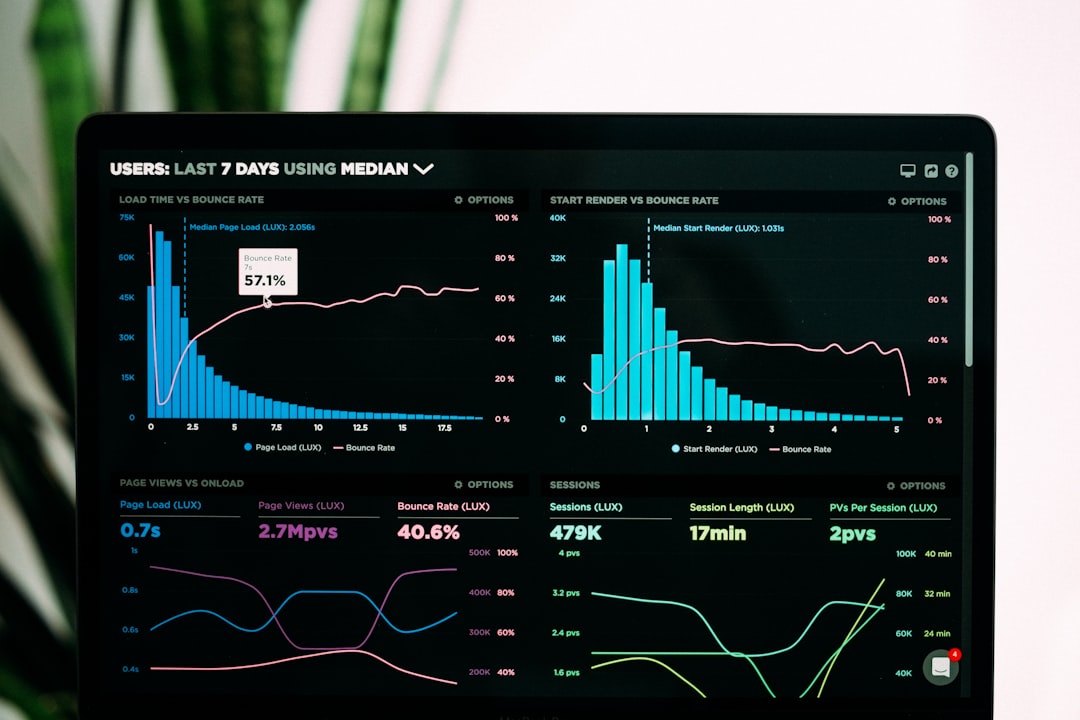When it comes to search engine optimization (SEO), one of the most overlooked yet fundamental aspects is crawl budget management. Every website, regardless of size, is allocated a finite amount of crawl activity by search engine bots like Googlebot. For small sites, this might seem inconsequential, but for large-scale platforms with thousands of URLs, managing crawl budget can mean the difference between getting your best pages indexed—or not. In this article, we’ll explore how to reclaim your crawl budget through three core strategies: pruning outdated or low-value content, merging similar pages, and redirecting appropriately to consolidate authority and signal value to search engines.
Understanding Crawl Budget and Why It Matters
Table of Contents
Crawl budget refers to the number of URLs a search engine bot will crawl on your site within a given timeframe. It is influenced by two primary factors:
- Crawl rate limit – how many requests per second the bot can make without overloading your server.
- Crawl demand – the perceived importance of your pages as determined by search engine algorithms.
Misallocated crawl budget can result in search engines spending time on irrelevant or obsolete pages instead of indexing your most valuable content. This can lead to lower visibility in search results and ultimately affect your organic traffic and revenue.

Step One: Prune Low-Quality and Underperforming Content
The first step in reclaiming your crawl budget is to identify and remove content that adds little or no value to your website. These include:
- Thin content pages with very little information
- Duplicate or near-duplicate pages
- Old blog posts no longer relevant or accurate
- Outdated product pages with no inventory or interest
Pruning helps by reducing the total number of URLs on your site, making it easier for bots to navigate and prioritize the most important content. However, pruning must be done with care. Use traffic data, rankings, and engagement metrics such as bounce rate and time on page to determine which pages to prune.
Once suitable pages are identified, consider these options:
- Delete and return a 410 (Gone) status code to clearly indicate the page is no longer available.
- Noindex pages that may be useful to users but should not be indexed by search engines.
- Canonicalize pages to avoid copying content signals when similar page variations exist.
Pruning should be an ongoing part of your SEO strategy. Set calendar reminders to review site structure and performance regularly to keep crawl efficiency at its peak.
Step Two: Merge Similar or Overlapping Content
Large websites often suffer from content fragmentation. This occurs when multiple pages target the same intent or keyword, splitting ranking potential and confusing search engines. Merging such pages helps consolidate link equity and provide a stronger signal of relevance.
Start by auditing your content to find areas of overlap. Tools like Screaming Frog, Ahrefs, or site: search operators in Google can help reveal multiple pages trying to rank for the same term. Once pinpointed, choose the best-performing page and merge others into it. This involves:
- Transferring any unique, high-value content to the chosen page
- Setting up 301 redirects from old URLs to the consolidated one
- Updating backlinks to point to the new master URL where possible
When properly executed, merging not only frees up crawl budget but also enhances user experience and boosts authority over time. It eliminates confusion and ensures both users and crawlers land at a definitive, information-rich resource.
Step Three: Redirect Intelligently
Redirection is one of the most powerful tools in your crawl budget toolkit. Used correctly, it streamlines user journeys, consolidates authority, and ensures crawlers don’t waste time navigating dead or outdated pages.
There are four major instances where redirects are critical:
- When merging content – Use 301 redirects to permanently guide traffic from redundant pages to the consolidated version.
- When deleting content – If a page still receives backlinks or user visits, redirect it to a relevant alternative instead of simply deleting it.
- When restructuring URLs – Implement 301s to ensure search engines understand the new site structure.
- Fixing broken links – Redirect 404 pages to closely-related counterparts to retain crawl flow and user engagement.

However, take caution. Avoid redirect chains (multiple redirects in a row), and limit the number of redirect hops to no more than three. Chains dilute link equity and confuse crawlers, potentially causing them to stop following the path altogether.
Monitoring and Maintenance
Reclaiming crawl budget is not a one-time task. It’s a continuous process that requires careful monitoring and adjustment as your site evolves. Here’s how to stay on top of it:
- Google Search Console: Review the Crawl Stats report regularly to analyze how Googlebot is interacting with your site.
- 404 and 301 logs: Track server errors and redirect behavior to ensure smooth navigation for bots and users.
- Site audits: Use tools like SEMrush or Sitebulb to catch crawling inefficiencies, redirect loops, and orphaned pages.
Additionally, working in close collaboration with development teams ensures any changes to site architecture or platform frameworks don’t inadvertently create crawlability issues. For example, JavaScript-heavy frameworks may require additional efforts to ensure essential content is rendered and crawlable.
Benefits of Optimized Crawl Budget
Reclaiming and optimizing crawl budget offers more than just technical wins. The long-term benefits are meaningful and measurable:
- Faster Indexing: New and updated pages are discovered and indexed more efficiently.
- Improved Rankings: High-value pages get more attention, boosting their chances in SERPs.
- Greater Efficiency: Crawlers spend time on what truly matters, saving server resources and bandwidth.
- Better User Experience: Clean architecture reduces dead ends and speeds up navigation.
In particular, e-commerce sites, news publications, and enterprise-level businesses stand to gain significantly from systematic crawl budget management, where every wasted crawl represents a missed opportunity.
Final Thoughts
The modern SEO landscape demands more than keyword optimization and backlinks. Technical considerations such as crawl budget allocation have become mission-critical—especially for large or complex websites. By adopting a regular routine of pruning, merging, and redirecting, you not only streamline your site for search engines but also create a better structure for users.
Don’t let your valuable content get buried under outdated pages and inefficient site architecture. Start reclaiming your crawl budget today—and turn it into a measurable SEO asset.


